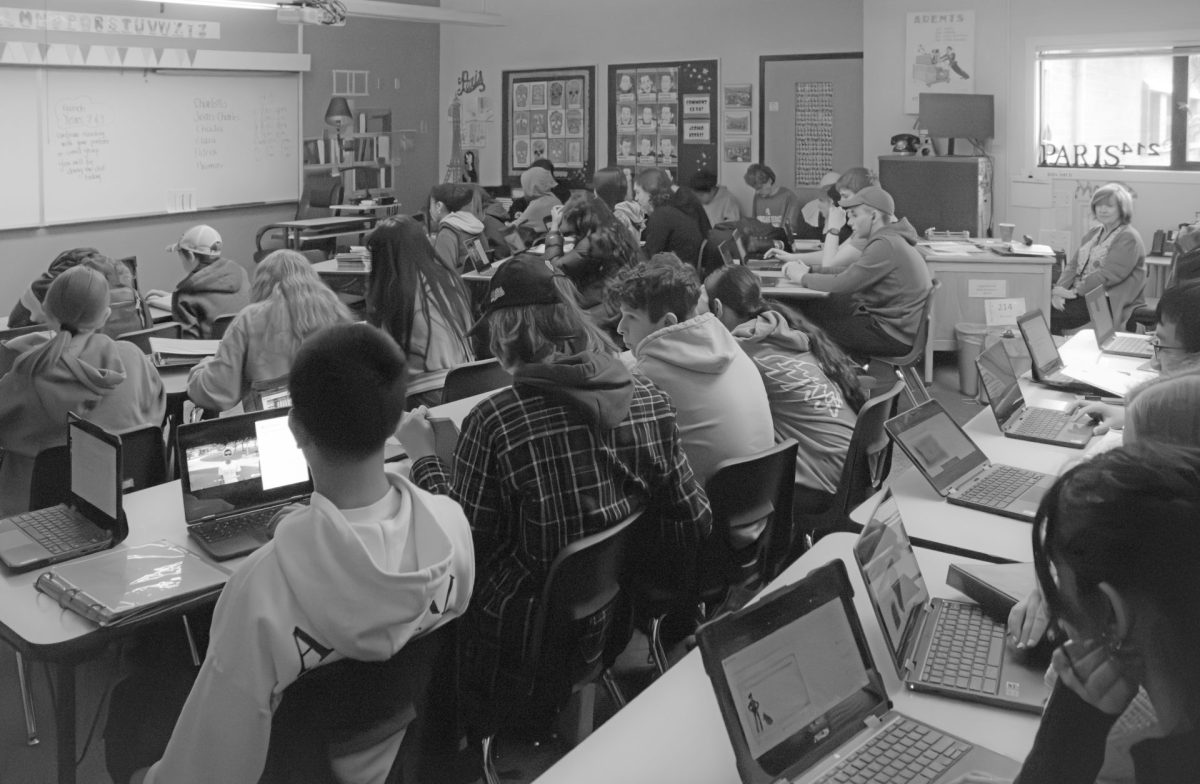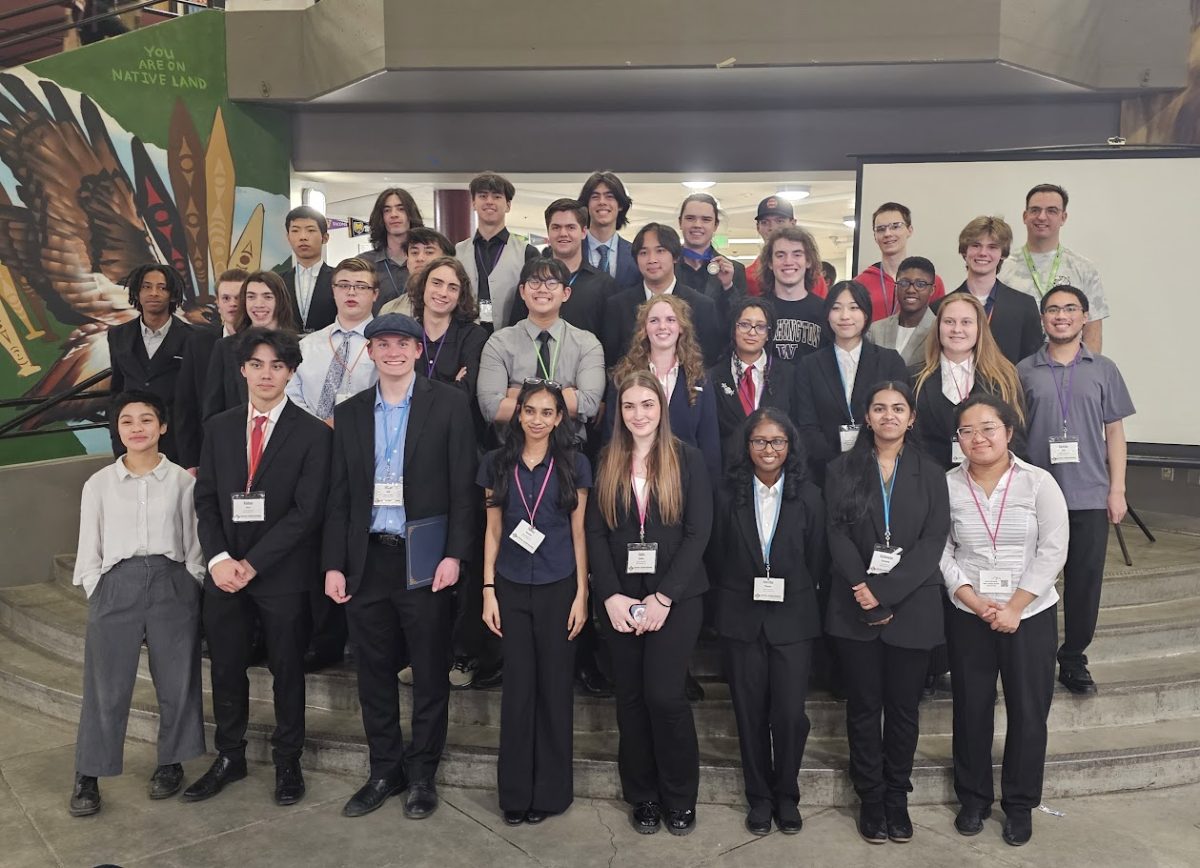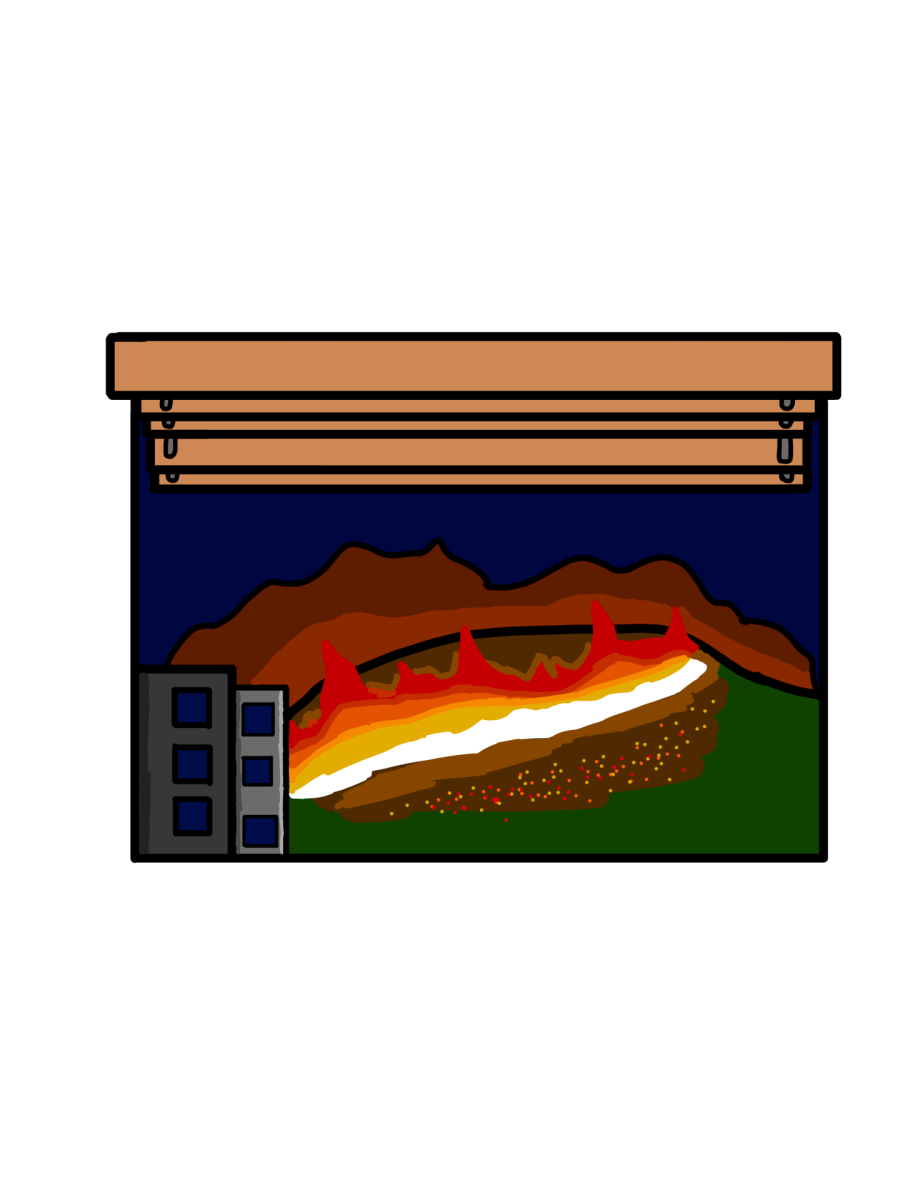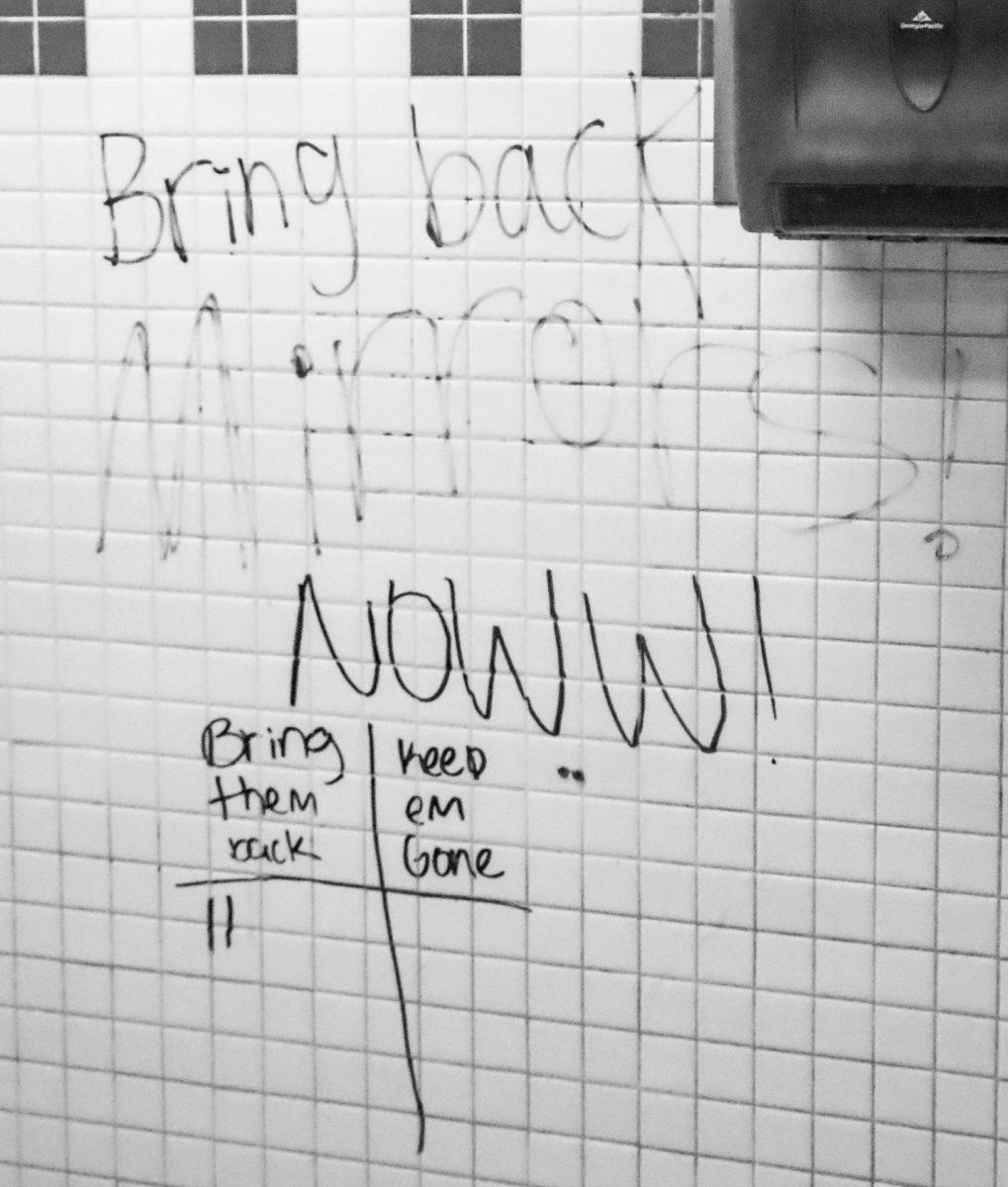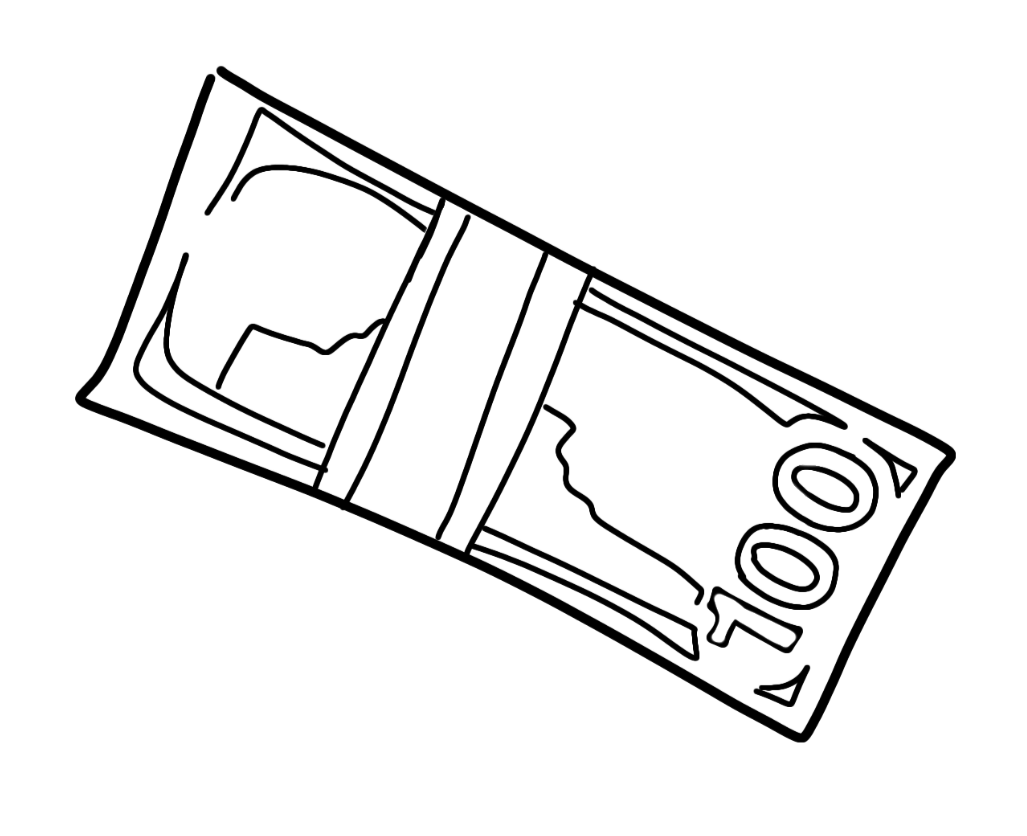Students are not being properly accommodated due to the tremendous sizes of classes that are becoming more of a problem every year are making it more and more difficult for students to properly learn, according to students and teachers.
Most students at Terrace have had to experience classes with 30+ students, some with classes close to 40.
Many see this as the norm since classes have been so large these past few years, but this many students packed into one classroom gravely stunts their ability to engage with many subjects.
This causes lots of students to lose interest in school as a whole. One of the subjects that has been facing an increase of students is Spanish.
Spanish 2 and 3 teacher, Marcie Setala says there has been “an increase of 8-10 students compared to other years.” This very large increase brings her classes this year to up to 40 students, which makes it harder to interact with individual students.
“I can tell that students want to have more of a connection with me and each other,” Setala said. “It’s more difficult for them to have small group conversations.”
Setala said she is very proud of all her students for making these large classes work, and understands that it is hard for them. With classes this large, students need to work extra hard to stay engaged.
If students cannot have proper connections with their peers, then they won’t know how to interact when they are out of school, but students need to know how to form those connections.
History teacher Kevin Greear has noticed that since COVID, his classes have become much larger. His junior history classes now have class sizes well into the 30s.
Greear said that when there are lots of students in a class, it becomes “much more lecture based, with fewer projects, since there’s only one teacher and lots of kids.”
This means that his junior classes need to be mostly lecture based, which he said, “can make students lose interest in history, since a lot of students aren’t very interested in history to begin with.”
Generally Greear said he thinks that students learn better when they’re not in larger classes, but said that it depends on not just how many students there are, but also that there is a good mix of students.
While Greear’s sophomore classes are capped at 28, he says that when students aren’t engaged, it’s harder to keep the energy up than with larger classes.
In science classes, large class sizes can “make it unsafe to do some labs, leading to fewer labs overall,” according to science teacher Adam Welman. He says this limit is around 32 students. Welman’s classes this year, however, are much more reasonable than some.
They weren’t that small at the start of the year, but he said he lost a few students in the first few weeks of school.
His classes had an average of about 34 students at the start of the year, but now they are all around 28 students.
How did this happen?
Could those solutions help decrease the sizes of other classes?
At the start of the school year, there is a massive fluctuation of students in every subject. Many find that their schedules change within the first few days or even weeks.
This year, lots of this fluctuation ended up making classes smaller, so why didn’t these changes happen before the school year started? Welman said he thinks that this may be due to the sheer number of students not accounted for until the year begins.
“It could be better anticipated ahead of time, it causes more frustration when changed so late in the year,” Welman said. He thinks that this can be very hard on students who have to join classes late, since they have to adjust to entirely new classes or periods.
Honors biology started the year flooded with students, and there had to be action taken to decrease class sizes.
After seeing how much of a problem the classes were, a new science teacher, Erin Brewer, was hired part time to help reduce the amount of students in each class.
This was perhaps one of the better actions to take, but the major problem was that the hiring didn’t take place until around two weeks into the year.
All of the students that had to have their classes changed when Brewer arrived had to restart with a new class and teacher.
When students have to restart their year in a new class, it puts everybody on a different level.
Most of the time students have to practically restart the year, needing to form new connections and spending lots of time catching up to whatever differences there are in their new curricula.
This can put even more pressure on students, who are already having to deal with adjusting back to the school schedule.
Ideally, these problems need to be anticipated before school, not dealt with after they’ve already became a problem.
Large classes can make it harder for students to form connections with their teachers and peers, limit the amount of engaging activities that teachers can do, and make it more dangerous to do hands-on activities, students said.
One solution that was brought up was that the district needs to more accurately plan and accommodate for students ahead of time. In this way, hiring more teachers could be done earlier and student’s schedules could be more consistent at the start of the year.
Ultimately, the majority of funding that would reduce class sizes comes from the state legislature. That allocation then goes to district officials who allot funding based on enrollment.
Categories:
Class sizes impact learning
©HAWKEYE image credit: Adrian Knowlton
Language teacher Heidi Monrad’s class works elbow to elbow on an assignment while a substitute looks on. Some students sit on the very end of tables, with others backed up against the wall in a class with well over 30 enrolled.
Story continues below advertisement
0
About the Contributors
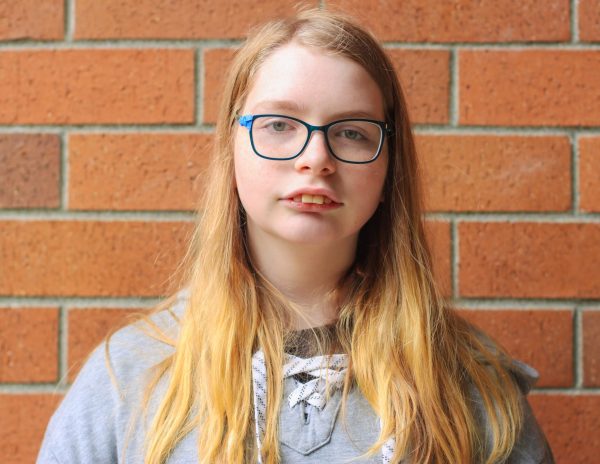
Madeline Simkowiak, Op/Ed Editor
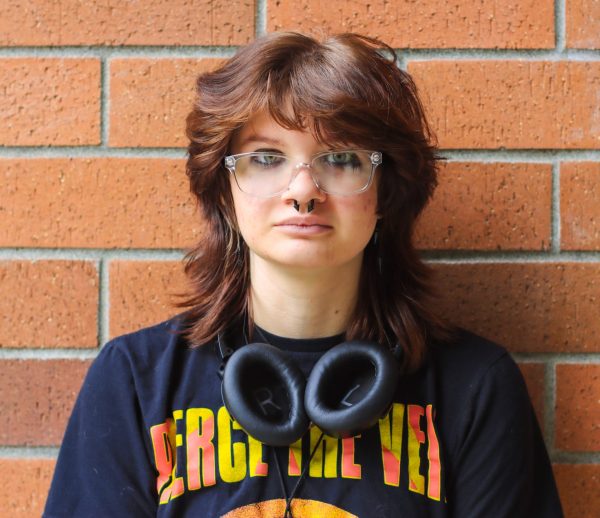
Adrian Knowlton, Photo Editor
Adrian Knowlton initially joined HSM in 2022 to pursue his love for photography and writing. He first started Journalism in 7th grade at BTMS and was a writer for the Bulldog Brief. From there he went from writer to part time writer and photographer to being apart of Community and Belonging with some of his fellow peers. As of now, he is currently a writer and photographer for HSM and does a little bit of graphics on the side. In his free time Adrian likes to draw and write.


